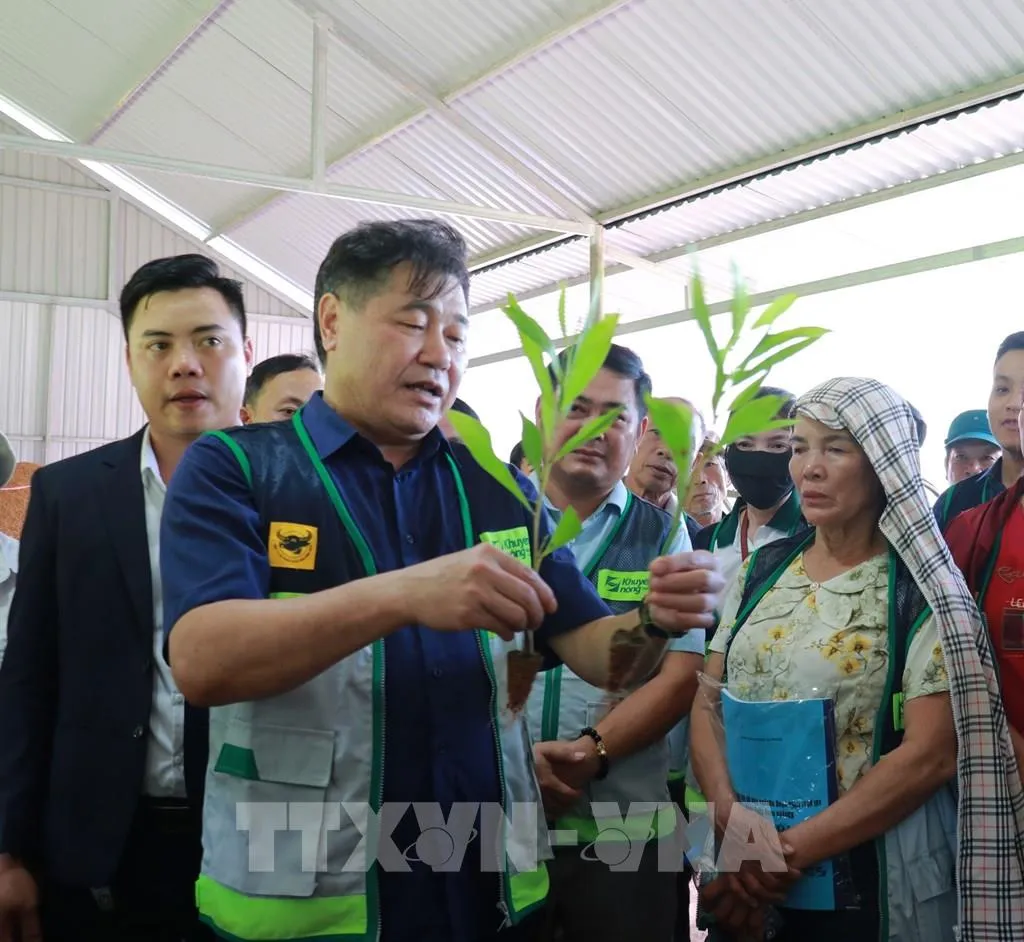
Leaders of the National Agricultural Extension Center visited the Long Thanh nursery model in Ben Quan commune, which provides high-quality forestry seedlings for the raw material area. Photo: Tuong Vi - VNA
The agricultural extension development strategy to 2030, with a vision to 2050, emphasizes seven important tasks.
Decision 4296/QD-BNNMT was issued for the first time, affirming the view that agricultural extension plays an important role in technology transfer, information, communication, knowledge dissemination, training, and intellectualization of farmers. At the same time, it contributes to promoting innovation in agriculture, developing the agricultural economy towards green growth, reducing emissions, building modern and civilized new rural areas, protecting the ecological environment, adapting to climate change, improving and enhancing the material and spiritual life of farmers.
Along with that, comprehensively innovate agricultural extension work according to agricultural economic thinking, taking farmers as the subject and center of the development process, improving the capacity of farmers and actors in the agricultural product chain; expand the content of activities from transferring science and technology to serve production mainly to providing information, guiding skills, organizing production, linking along the value chain, based on the foundation of science and technology, innovation and digital transformation to create breakthroughs in productivity, quality and efficiency.
In addition, develop agricultural extension in a professional direction, in which state agricultural extension plays a central role, orienting activities, mobilizing resources and connecting participants; promote socialization and public-private cooperation, increase the participation of research and training agencies, businesses and related organizations and individuals participating in the agricultural extension ecosystem.
On that basis, the Agricultural Extension Development Strategy to 2030, with a vision to 2050, sets out a number of key objectives. Specifically, by 2030, 100% of state agricultural extension officers will have their professional titles standardized, and will be trained and educated in economics, markets, and digital transformation; 100% of officers of cooperatives, enterprises, and socio -political organizations participating in community agricultural extension teams will be trained and educated in agricultural extension methods, new technical advances, and knowledge of economics, markets, and digital transformation to serve agricultural extension and community agricultural extension activities.
Professional farmer training with 100% of farmers participating in the chain in raw material areas trained in processes, techniques, standards, quality regulations, production organization and market linkage.
Regarding technology transfer, agricultural extension models and projects focus on synchronous transfer of advanced solutions and technologies, production organization and linkage according to value chains, ensuring 100% of products meet quality standards, food safety, and environmental protection; increasing economic efficiency by over 15%, reducing input costs by over 10%, and being replicated in value chains of key industries.
Poverty reduction agricultural extension has over 70% of communes in difficult and extremely difficult areas built poverty reduction agricultural extension models to create stable and sustainable livelihoods for poor farmers.
Digital transformation of agricultural extension activities: 100% of agricultural extension models using the state budget are managed on the digital agricultural extension system; over 50% of agricultural extension training courses are deployed on the digital agricultural extension platform; 100% of technical agricultural extension documents are digitized and disseminated on the digital agricultural extension system; 100% of products of agricultural extension models and projects are introduced and promoted on e-commerce platforms or digital environments.
100% of agricultural extension documents have the participation of institutes, schools, experts and enterprises in compilation; over 50% of agricultural extension models and projects have mobilized investment resources from enterprises and international organizations for agricultural extension activities through public-private partnership programs and projects, technical sponsorship and joint projects.
Vision to 2050: Building a professional, modern, intelligent agricultural extension system with the capacity to connect, lead, and spread knowledge and values in the agricultural ecosystem. Farmers have effective access to agricultural extension services through an integrated digital platform and a team of professional, highly qualified agricultural extension officers.
Developing a dynamic public-private partnership agricultural extension ecosystem, closely connected with science and technology, innovation, markets and financial resources, contributing to improving competitiveness and promoting green growth, low emissions, environmental protection and climate change adaptation agricultural development.
To achieve the above goals, the Agricultural Extension Development Strategy sets out 7 key solutions, including: Perfecting the agricultural extension development policy mechanism; Developing agricultural extension human resources; Training professional farmers; Transferring and applying advanced science and technology, improving productivity, quality, efficiency and sustainable development; Agricultural extension for poverty reduction, natural disaster prevention, climate change adaptation; Digital transformation in agricultural extension activities; International cooperation, public-private partnership, and socialization of agricultural extension.
In the 2025 - 2030 period, the strategy prioritizes projects: strengthening the capacity of the agricultural extension system; training professional farmers; transferring technology, promoting value chain linkages in key industries in raw material areas; agricultural extension to reduce poverty in disadvantaged areas; developing digital agricultural extension platforms and digital technology infrastructure; and socializing agricultural extension activities.
In addition, build agricultural extension models to transfer farming techniques that adapt to climate change, use resources economically, reduce emissions, prevent natural disasters and epidemics, and protect the environment.
Source: https://vtv.vn/phe-duyet-chien-luoc-phat-trien-khuyen-nong-den-2030-tam-nhin-2050-100251018101243619.htm


![[Photo] Collecting waste, sowing green seeds](https://vphoto.vietnam.vn/thumb/1200x675/vietnam/resource/IMAGE/2025/10/18/1760786475497_ndo_br_1-jpg.webp)

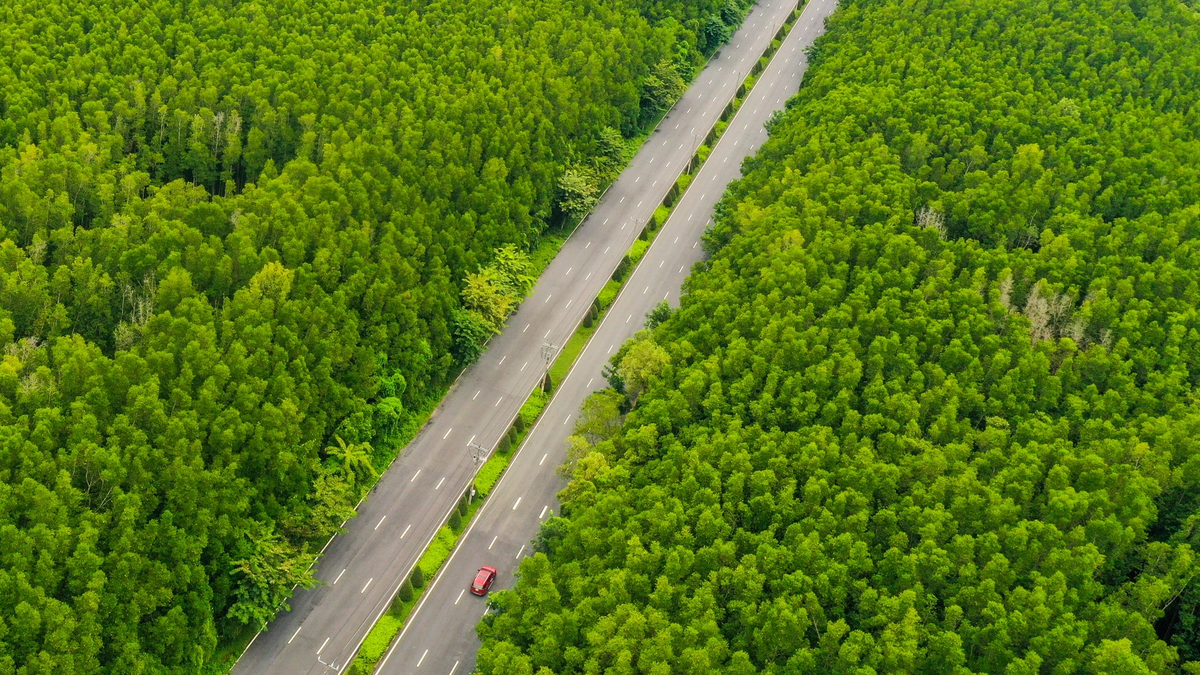
![[Photo] General Secretary To Lam attends the 95th Anniversary of the Party Central Office's Traditional Day](https://vphoto.vietnam.vn/thumb/1200x675/vietnam/resource/IMAGE/2025/10/18/1760784671836_a1-bnd-4476-1940-jpg.webp)


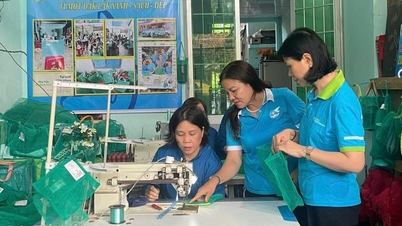

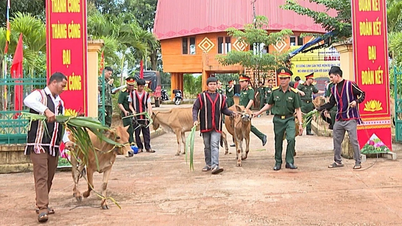

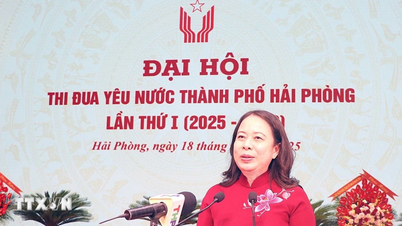

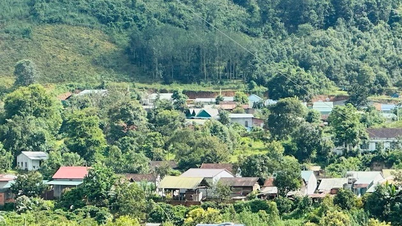



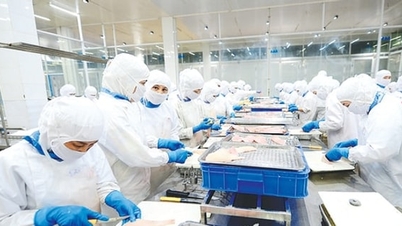

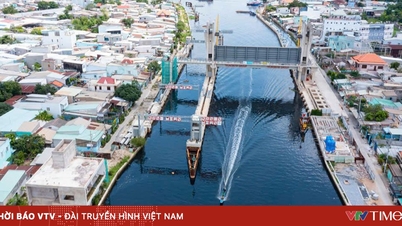




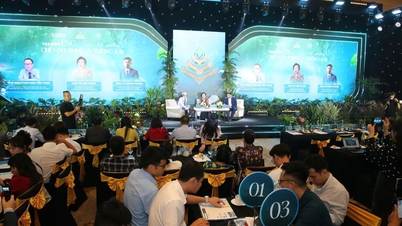

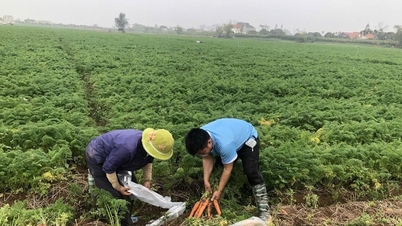






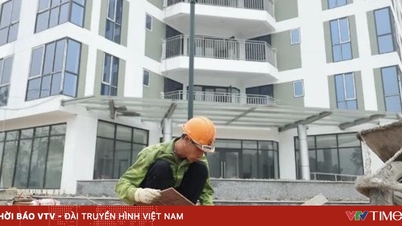

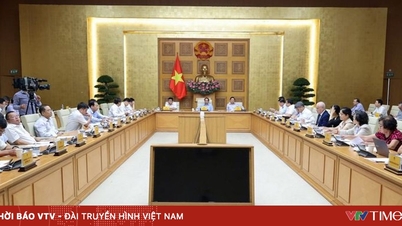
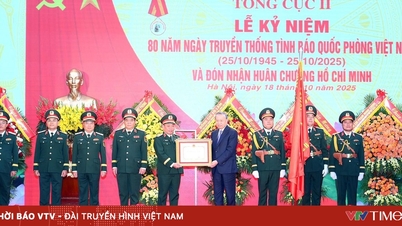
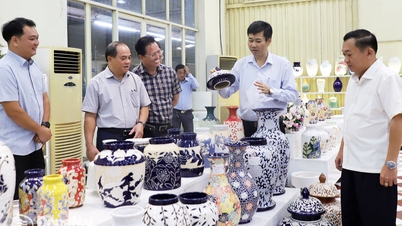



































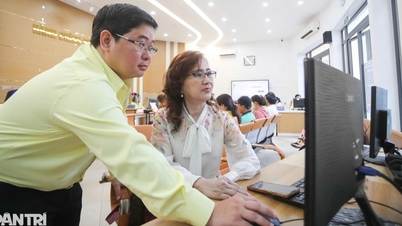











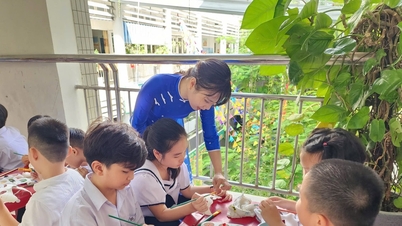

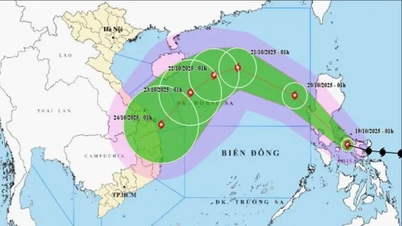

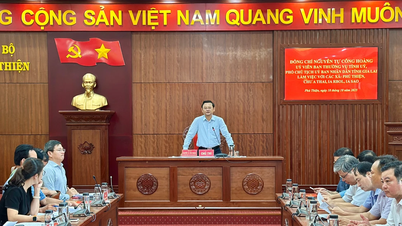
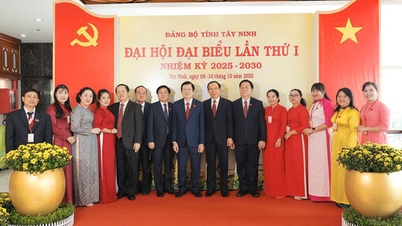













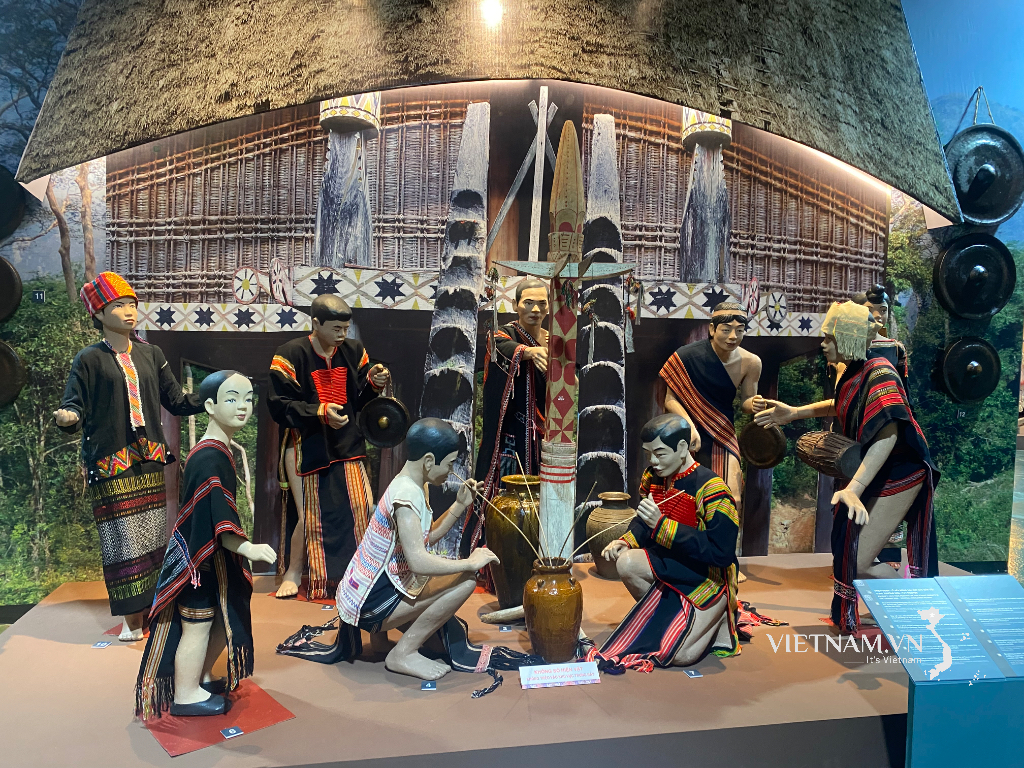

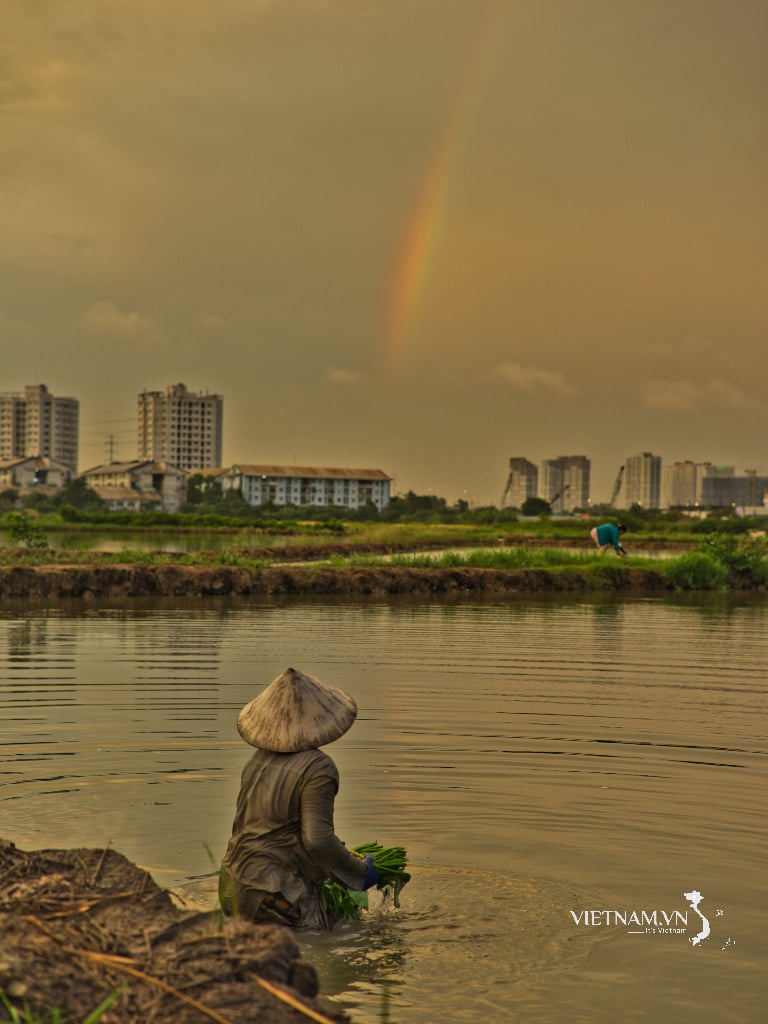

Comment (0)